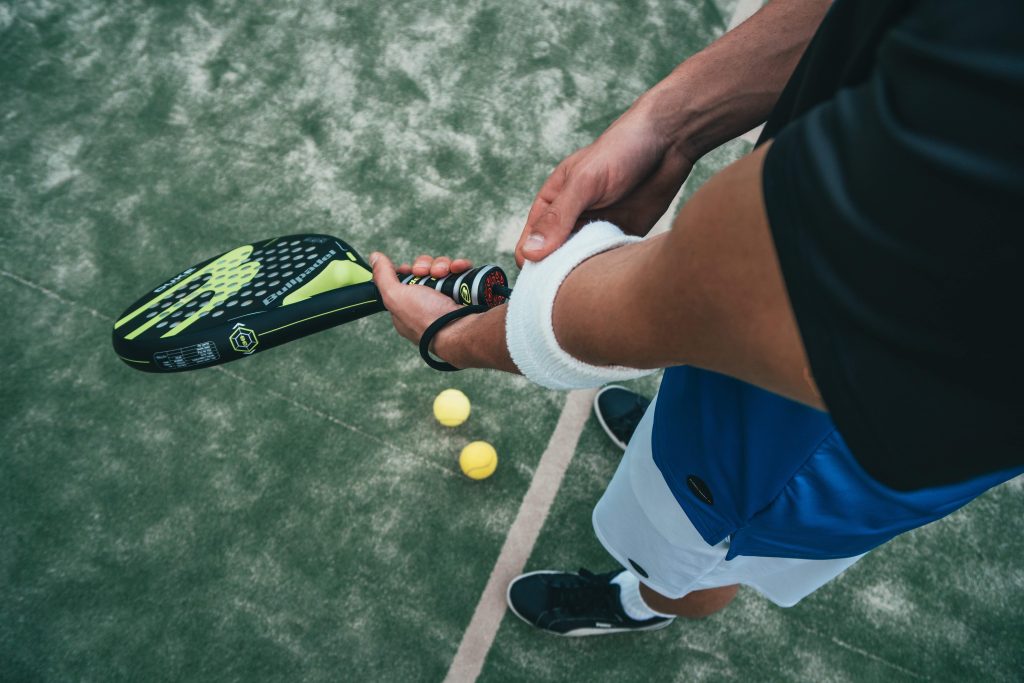Serving up Safety: Lets Prevent Padel Injuries
Posted on August 1st, 2023 by Andries Lodder
Padel is the new buzz word on everyone’s lips and is currently the most popular racquet sport, growing daily. Everyone seems keen to try it out and get kitted out, but why is it so popular and what is causing the sport to grow so fast?
Padel, also known as padel tennis, which is a racquet sport that originated in Mexico in the 1960s and is very popular worldwide. It is played on an enclosed court, with surrounded glass walls and a mesh fence. It is typically smaller than a tennis court and is played in doubles format. The scoring system is the same as tennis and is usually played to the best of three sets. Although the sport combines elements of tennis and squash, padel is known for its fast-paced, and exciting gameplay.
One influencing factor of the sport’s popularity is the smaller size of the court, making the game more accessible. In addition, padel is relatively easy to play for all ages and categories of people, trained or untrained. It is simply a good way to get a group of people together.
Padel can be considered as a low impact or a high-intensity intermittent sport, producing cardiovascular as well as neuromuscular benefits. However, being a sport, increase the risk of injury cannot be neglected. Thus, one might wonder what the most common injuries in Padel may be. As previously mentioned, Padel is similar to tennis, resulting in many similar injuries. However, Padel is played on a much smaller court, requiring more changes in direction, a faster pace, more turns, cutting, jumping, landing and braking movements, as well as more intense accelerations and decelerations.
Common injuries in Padel:
- Ankle Sprains:
Lower limb injuries are generally the most common injuries during padel and tennis. Twisting or rolling of the ankle is a common injury in padel due to sudden changes in direction, pivoting, or landing on an uneven surface.
2. Tennis Elbow/ Lateral epicondylitis and elbow tendinopathy
Lateral epicondylitis or tendinopathy, a tendon overuse injury, is characterized by a combination of pain, swelling and inflammation in the tendons of the outer elbow. Repetitive swinging and gripping actions in padel can contribute to this condition. The tendon generally affected by overuse is the extensor carpi radialis brevis.
3. Knee Injuries:
Patellar tendinopathy (jumpers Knee)
This is a result of repetitive jumping, side-to-side movements, quick stops and starts, and changing directions. Patellar tendinopathy is more common in male athletes than females. Symptoms generally include pain localized to the inferior pole of the patella and load-related pain that is aggravated by energy storage and release within the tendon such as jumping, landing, cutting, and pivoting.
Medial Collateral Ligament (MCL) injuries and Meniscopathy
Caused by the valgus stress to the knee, through contact or non-contact mechanisms, can result in MCL injury. It is more commonly seen in Female players, because of the Greater Q angle in females.
4. Shoulder Injuries:
The shoulder is a very complex joint and equilibrium between stability and mobility is fragile, especially in the padel player, trying to generate as much energy as possible for the smashing motion. The Overhead shots in padel can strain the shoulder joint, potentially leading to conditions like rotator cuff tendinitis or shoulder impingement.
5. Back Injuries:
Poor technique or repetitive twisting motions can result in lower back strain or muscle spasms. Additionally, sudden movements or falls during the game can cause more severe back injuries.
6. Wrist and Hand Injuries:
The repetitive gripping and swinging actions in padel can lead to wrist sprains, strains, or even fractures. Impact injuries to the hand, such as hitting the ball incorrectly, can also occur.
7. Eye Injuries:
Although rare, there is a risk of getting hit in the eye by the ball during a fast-paced padel game, which can cause corneal abrasions or more serious eye injuries.
How to avoid these injuries?
Technique is everything. You want to be able to hit that ball hard, many times, without causing any injuries, the key to which is strengthening the right muscles throughout the body as a whole.
Strength exercises:
- Shoulder w’s with band
These are a combination of shoulder external rotation with scapular retraction and posterior tilt, a great combo to strengthen the posterior rotator cuff, lower trapezius, and scapula stabilizers.
Hold the Theraband shoulder width apart with your thumbs up, keep the elbows at 90 degrees. When you reach the end range of external rotation you form a w with your arms and your back. Perform 3 sets of 10 reps.
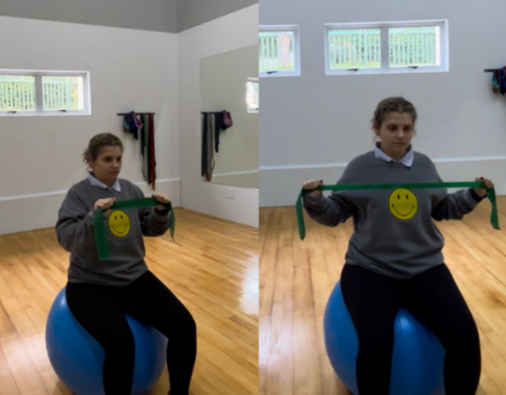
- Side plank
Side plank will ensure that you have good core and shoulder stability and good posture.
Lie on your side on the floor, with your forearm underneath your shoulder lift your hips off the floor, keeping your legs straight one on top of the other. Hold for 5sec, drop down and repeat 5 times each side.
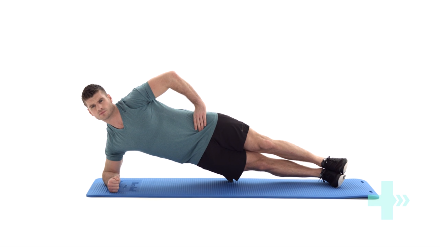
- Supermans/ superwomens
Supermans will help to strengthen the lower back as well as improving core stability.
Lie on your front and extend your arms straight out in front of you. Simultaneously lift and straighten your arms and legs. Hold for 2 seconds and then return to the starting position. Perform 2sets of 10 reps.
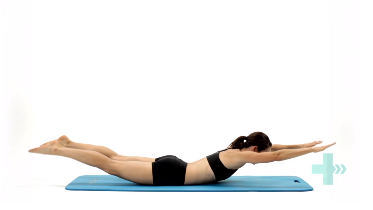
- Bulgarian split squats
This exercise will be beneficial for balance and stability of the lower body.
Stand with your back to the step and place your good leg onto the step. Make sure there is a large distance created between your front foot and your back foot. Bend your knee, dropping your hips straight down towards the ground, and then straighten back up. Make sure your front knee doesn’t go in front of your front toe and that your hips come straight down. Perform 2 sets of 8 reps on each side.
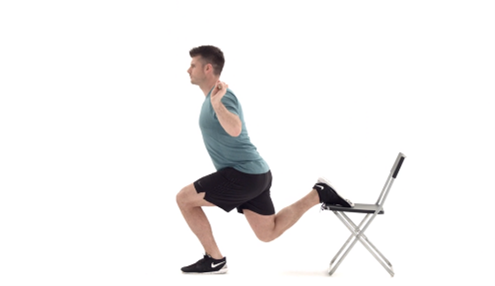
Agility:
- Shuttle runs.
Will help to develop good speed, agility, and endurance. It involves running back and forth between two points at a consistent pace. It is important to keep your center of gravity as low as you can when changing direction.
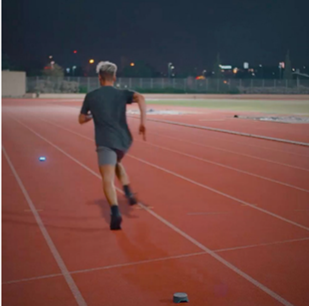
- Single leg hops and lateral Hops
For the single leg hop: place three cones evenly apart in a straight line, on one leg hop to each cone. Repeat on the other leg.
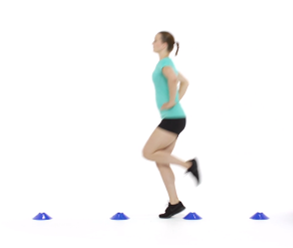
Lateral hops: stand on one leg and hop over a line side to side.
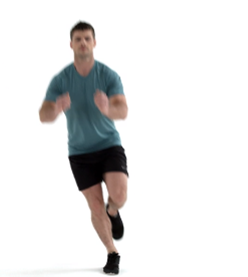
- T-drills
For the t-drill: Place one cone on the floor (Starting position) and measure 10 meters forward and mark it with another cone then measure 5 meters to each side and mark it as well. Start at the bottom of the T, run straight forward and touch the first cone shuffle right to the end of the T and then all the way back to the left, then back to the center, and lastly run backwards to the start.
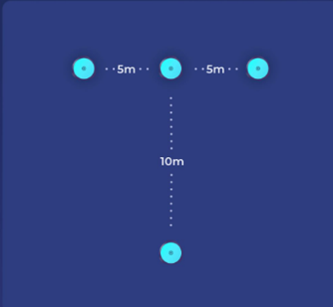
Transform your PADEL game by incorporating the key ingredients. However If you think you have an injury and/or need assistance to get you back on the court, please feel free to contact us for an assessment.
Tweet
